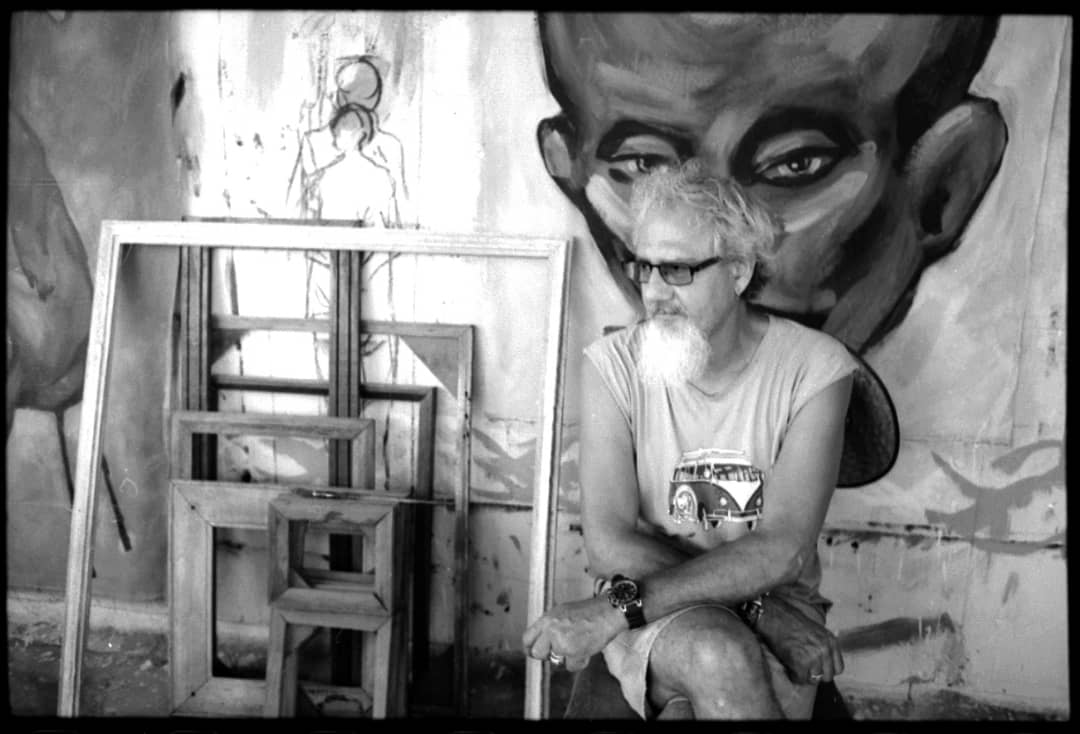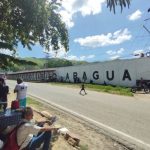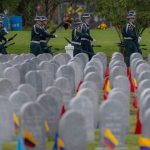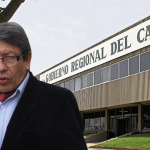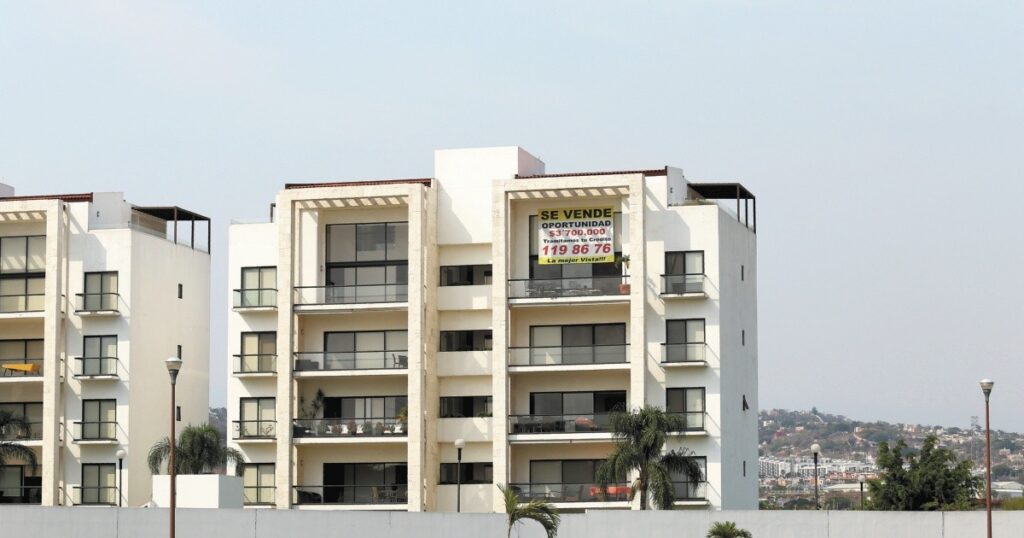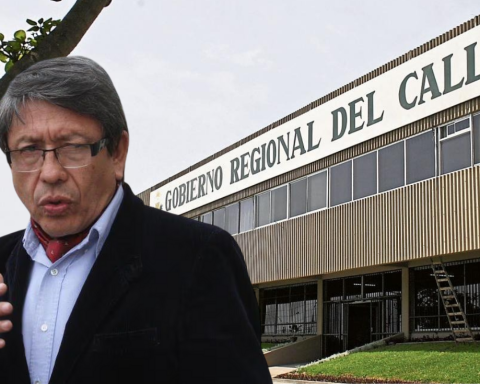Kamyl is an artist of great versatility. Over the years he has been building a personal brand that is clearly recognized in works of different genres. His is a figuration that pays tribute to certain areas of neo-expressionism, although his discourse is more on the lyrical side. He is a man of various daydreams, of constant work and inalienable obsessions: among others, Martí, a character that he has managed to desecrate until he becomes a close entity, ready to dialogue with everyday life, a close neighbor, as they say, a wise neighbor compassionate gaze.
Between 1987 and 2022 Kamyl has had more than fifty personal exhibitions; sometimes up to four per year. His works nourish public and private collections in Cuba, Portugal, Spain, France, England, United States, Italy, Germany, Russia, Lebanon, Martinique, Mexico, Venezuela, Canada, Haiti, Croatia, Australia, Holland, Colombia, Kosovo, New Zealand, Guadeloupe, Norway and Poland. His Martí, much appreciated, has been given to heads of government and personalities from the arts, among the latter are Alicia Alonso, Cintio Vitier, Leo Brouwer, Roberto Fernández Retamar, Pablo Milanés and Juan Formell, just to mention a few.
The artist lives and works in a magical area in Havana: the Plazuela del Santo Ángel Custodio, a scene of great significance for national culture, related to cardinal figures and novels of the Cuban 19th century. Needless to say, from afar Kamyl seems like a good person, and up close he is: his being exudes bonhomie and warmth. His face and gestures are like a comedian of the league, which surely comes from family tradition.
Are you of Lebanese descent?
Yes. My paternal grandparents arrived in Cuba in 1920. My grandfather, recently married, accompanied by his parents, two sisters and my grandmother, who was pregnant with the first of her five children. They left Lebanon with the goal of reaching the United States, but they had problems with my great-grandfather’s visa. At that time, Lebanon was a French protectorate. A friend of my grandfather asked him why they did not travel to Cuba, which was very close to the United States. They looked for a world map to see the geographical position of this country and decided to come. They entered through Havana, then boarded a schooner to Gibara. By land they went to a town called Velasco, to the northwest of what was then the province of Oriente, today the province of Holguín, where my grandfather had a relative. Already settled there, they flattened themselves, and forgot their plans to continue north. As good Lebanese, they came to control practically half of the commerce in the town.
My father was the youngest of the five siblings (two girls and three boys). He learned Arabic at home and Spanish on the street, a tradition that lasted until my childhood, and that led me to have a special taste for Lebanese culture, especially my aunts’ cuisine.
Your curriculum, very nourished in terms of personal and collective exhibitions, does not offer information about you. Who are you?
I am Kamyl Bullaudy Rodriguez. I was born on January 7, 1962, in a neighborhood of the town of Velasco called Corea. My mother brought me into the world on a table, assisted by a midwife named Modesta. My childhood grew up on a farm with many trees, full of tarecos, iron artifacts, tree trunks… Inside the house there were large trunks and suitcases full of costumes and props for plays, because my father, in addition to dedicating himself to the trade , was also a humorous actor; he possessed a great comic vis. For me it was a magical world to be surrounded by all these elements, plus the Arabic language. The only thing I didn’t like was that my first and last name were very different from those of the other children, and that caused jokes that were not always friendly.
I made my first drawings when I was seven years old. I represented my father’s stagings, I made portraits of my neighbors, and I painted everything in front of me. When I was nine years old, I started acting in a theater group that my father directed, at my school.
How was the initiation process in the visual arts?
In my town at that time it was very difficult to enter an art school, because the structure of today did not exist. At the end of the 70’s I lived in Havana with my aunts. I showed up for the tests of the night course for workers in San Alejandro; I approved them, but I couldn’t enter at that time, because I didn’t have an employment relationship. I even looked for a job in construction, with the sole objective of being able to study plastic arts, but it was not possible. So I decided to return to my town and continue in the theater with my father, but I never stopped painting. In 1985, the first Emerging Course for art teachers and instructors was convened in Holguín, in which I enrolled and finished as the first file in my specialty. Later I continued in a course in the province of Las Tunas, which ended in 1992. Throughout this period I worked as a drawing and painting teacher in the house of culture in Velasco, my hometown.
Do you have good memories of your student stage?
It was a very beautiful time. We all want to finish our student life to dedicate ourselves only to work, but afterwards we feel homesick for those years. I fondly remember professors Ramiro Ricardo, Roy González Escobar, Gustavo Polanco, Cosme Proenza, and Amarilys Veliz Diepa, among others.
And as a teacher?
I had many outstanding adolescent and adult students. But here I want to mention, because I am proud of him, Ruslan Torres Leyva, today a highly prestigious figure in the world of visual arts. I was his first teacher. I like to think that I contributed to the formation of him.
I see that, apart from painting and drawing, you also create three-dimensional works, such as sculptures and ceramics. Are you essentially a painter?
I take all manifestations in unison: painting, drawing, sculpture —basically the assembly of steel—; In addition, I am an extremely figurative, material, expressionist and multi-thematic artist… In the end, I would like to be an abstract painter. Many may think that this is an easy conversion. But it is not like that: for a figurative it is almost impossible to change from one visual language to another that is at the extremes. Maybe I feel like a frustrated abstract.
Do I keep the secret for you?
No, post it. And say, too, that I am not giving up, that I continue to fight for abstraction, fighting against myself.
When does Martí appear in your work? Why the recurrence of his figure?
My first encounter with Martí was at the hands of my father, who adapted many of the Simple verses, and from there I began to paint it. But it wasn’t until the early ’90s that I worked on it more seriously. In my dear Velasco, in the middle of the Special Period, one night I couldn’t sleep because of the lack of food. Suddenly, I had a kind of vision that I couldn’t get out of my mind: it was the image of José Martí. I got up, looked for a piece of cloth and a few almost worn tubes of paint, and dawn surprised me painting the Master. Painting Martí was like a balm that relieved all pain, even hunger. At that moment I realized that Martí goes far beyond what they teach us in schools, he is a handle, a lifeline for all the ills that can afflict us. Since then I paint it every day, it is a spiritual necessity.
And look at you, my doctor, my healer, my friend and my wife for more than 34 years, Isimarlen Tejeda, is also a fervent martiana. She had a very complicated surgical intervention ten years ago, and on the way to the operating room she asked God and Martí to save her.
I have worked with Marti’s iconography hundreds of times in paintings, sculptures, ceramics, installation works, drawings. The critic david matthew he was the first to notice that in my case Martí was more an appropriation than a representation. I believe that we are not alone, many have their particular Martí, whether they are artists or not.
Is your work developed by series? Do you consider the thematic series closed or are they open to new “visitations”.
My works are developed by themes, within them series emerge, which, depending on the motivation and moods, change or evolve. This includes Martí, roosters, bulky women, urban landscapes. At one point they begin to merge with each other, giving rise to a thematic hybrid, with a strong theatrical optic, without discounting the material elements of the collage that I am incorporating, because I maintain the fixed idea of taking all these themes to abstraction.
You live in a privileged place in Old Havana, surrounded by bars and restaurants, at the back of the Santo Ángel Custodio Church, one of the settings of the iconic novel Cecilia Valdes. When did you arrive in Havana for the first time?
Living in Loma del Ángel takes me back to my childhood and the origins of the theater, since it is an extremely picturesque place steeped in history. I always dreamed of living in a square, and because of those strange things in life, my house is very close to the church where José Julián Martí Pérez was baptized. It is a fact with a tremendous magical dimension.
Can you say that Kamyl is also from Havana?
I arrived in Havana for the first time when I was three years old, visiting with my parents. On that occasion I was baptized in the parish of Guanabacoa. I have spent my life as a nomad, between Havana, Isla de la Juventud and Oriente, to the point that sometimes I woke up and did not know where I was. I finally decided to settle in Havana.
“Pure” habaneros are few. What we call “Habaneros” is an amalgamation of emigrants from all the provinces that contribute to the greater wealth of the country’s culture. Havana is understood and proclaimed as the crown jewel. I like living in this city and, by dint of love, I can say that I am also from Havana. I apply the maxim of Martí: “I am art among the arts and in the mountains, I am a mountain”. I seem to have the ability to adapt to places and people. Havana fascinates me, but basically I am from the province of Cuba.
